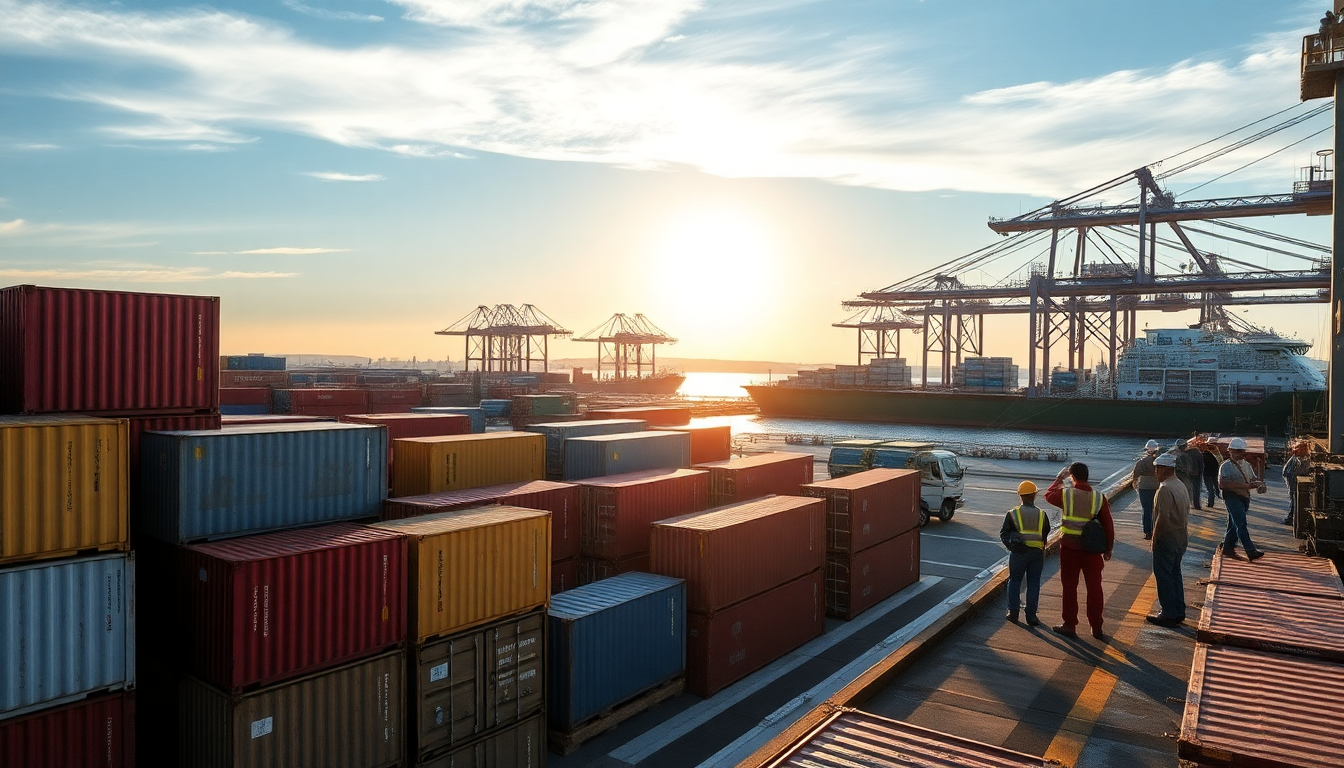Table of Contents
The recent tariffs imposed by the United States have stirred up quite a bit of uncertainty for countries in Southeast Asia, especially those that rely heavily on exports. As these nations grapple with the complexities of new trade regulations, one major concern looms large: the unclear transshipment rules. So, what does this mean for trade relations and the challenges exporters might face moving forward? Let’s dive in.
Understanding the US Tariff Landscape
To put things in perspective, the US administration has rolled out tariffs aimed at boosting domestic production and addressing trade imbalances. This move impacts a wide array of goods from various countries, including those in Southeast Asia. Currently, imports from major economies in this region are facing an average tariff rate of around 19%. While this is a relief compared to previously threatened rates, it still leaves exporters in a tight spot, largely due to the foggy rules surrounding transshipment.
So, what exactly is transshipment? It’s the process of rerouting goods through a third country to dodge tariffs. US officials are keeping a close eye on this practice, especially with allegations that some Southeast Asian countries are helping Chinese goods slip into the US market. An executive order from President Trump states that any goods found to have been rerouted to hide their country of origin will be slapped with an additional 40% duty. But here’s the kicker: a clear definition of what constitutes transshipment seems to be as elusive as a shadow.
Current guidance suggests that goods from countries without free trade agreements can be labeled as ‘made in’ the location where they undergo substantial transformation, regardless of where the original components come from. This loophole offers some wiggle room, but it also raises questions about how much local content is really necessary for products heading to the US.
Navigating Current Challenges and Uncertainties
As you can imagine, Southeast Asian exporters are feeling the heat. The ambiguity surrounding these tariffs and transshipment rules has left many in a bind. Trade officials from countries like Thailand and Vietnam have pointed out that existing rules still apply, which essentially means that transshipment cases are limited to outright illegal activities. This confusion hits hard, particularly for manufacturers that incorporate a lot of Chinese components into their products.
What are trade consultants saying? Many are recommending that businesses ensure at least 40% local content in their exports to the US to minimize risks. However, this is more of a safety net than a hard and fast rule, as the regulations remain vague and open to interpretation. The question of what constitutes a substantial transformation adds another layer of complexity, with actions like assembly and repackaging potentially creating points of contention.
As the US gears up to publish a list every six months of countries and facilities involved in circumvention schemes, the stakes for legitimate businesses are high. The message from Washington is clear: any attempts to sidestep the rules will be met with zero tolerance, and the consequences for exporters could be severe.
Looking Ahead: What’s Next for Southeast Asian Exporters?
The international trade landscape is in flux, and Southeast Asian exporters should be ready for more changes on the horizon. As the US fine-tunes its approach to tariffs and trade practices, we can expect clearer definitions regarding transshipment to emerge. This could be a double-edged sword—presenting both challenges and opportunities for those who can adapt to new standards and effectively navigate trade compliance.
On the flip side, economic ministries across Southeast Asia are under pressure to respond to these shifting trade dynamics with the US. As discussions continue and clarity is sought, manufacturers need to stay on their toes, ensuring their supply chains are resilient and compliant with any new regulations. The ability to pivot quickly while maintaining transparency in sourcing and manufacturing processes will be pivotal for staying competitive in the global market.
In conclusion, the impact of US tariffs on Southeast Asian exports is significant, with major uncertainties surrounding transshipment rules. As exporters work to navigate this intricate landscape, the coming months will be crucial in determining how well they can adapt to this ever-evolving trade environment. Are you ready to keep an eye on these developments?


